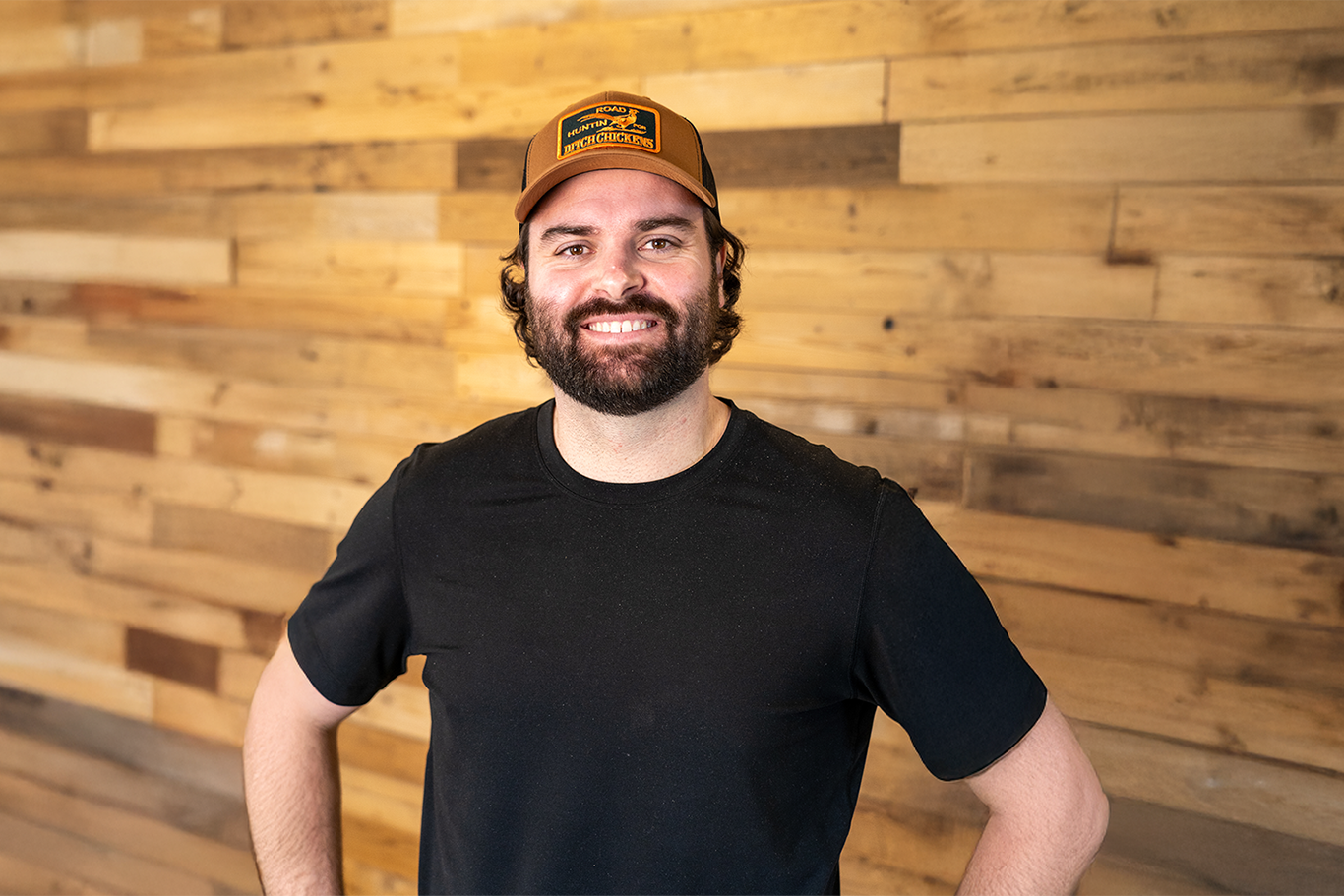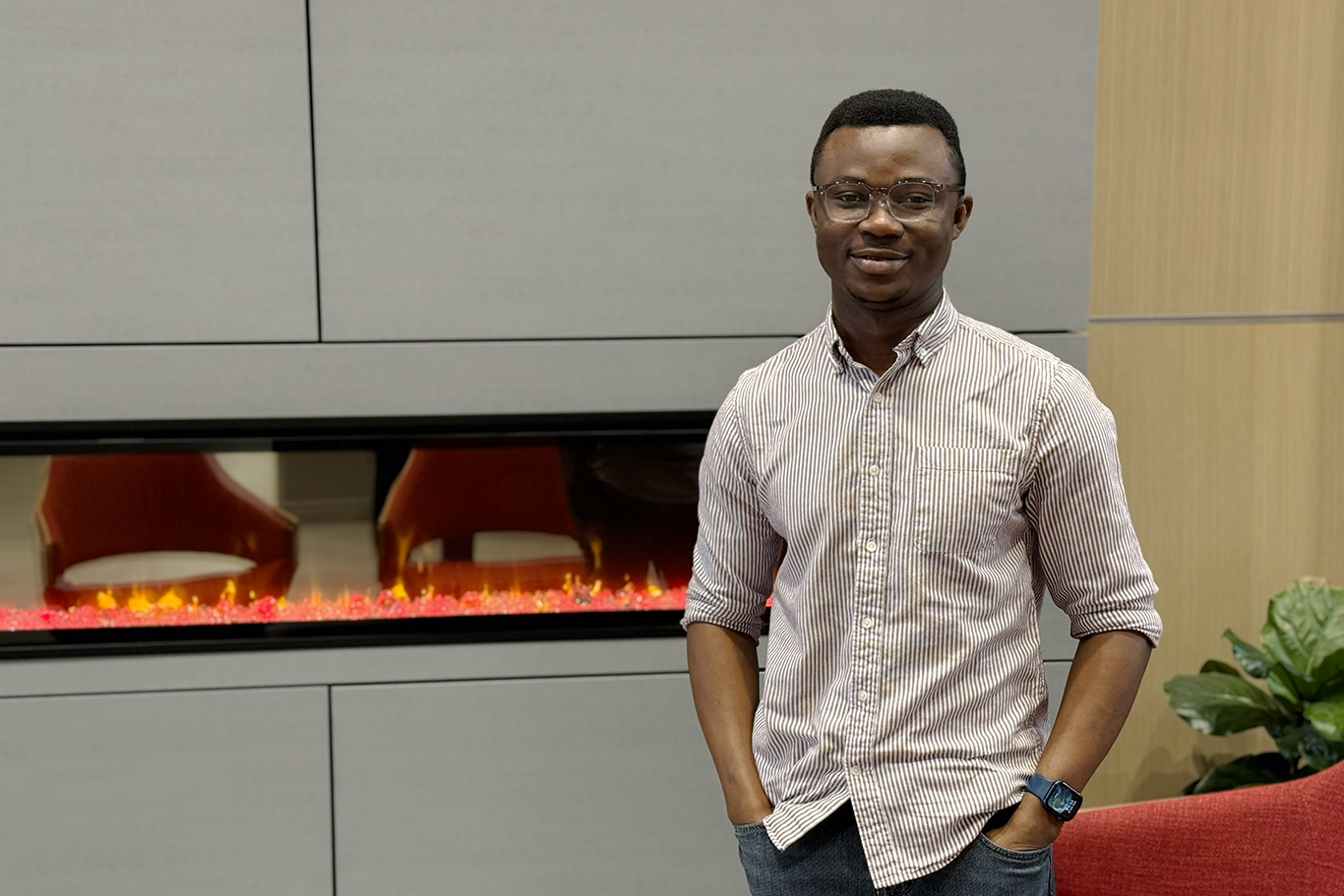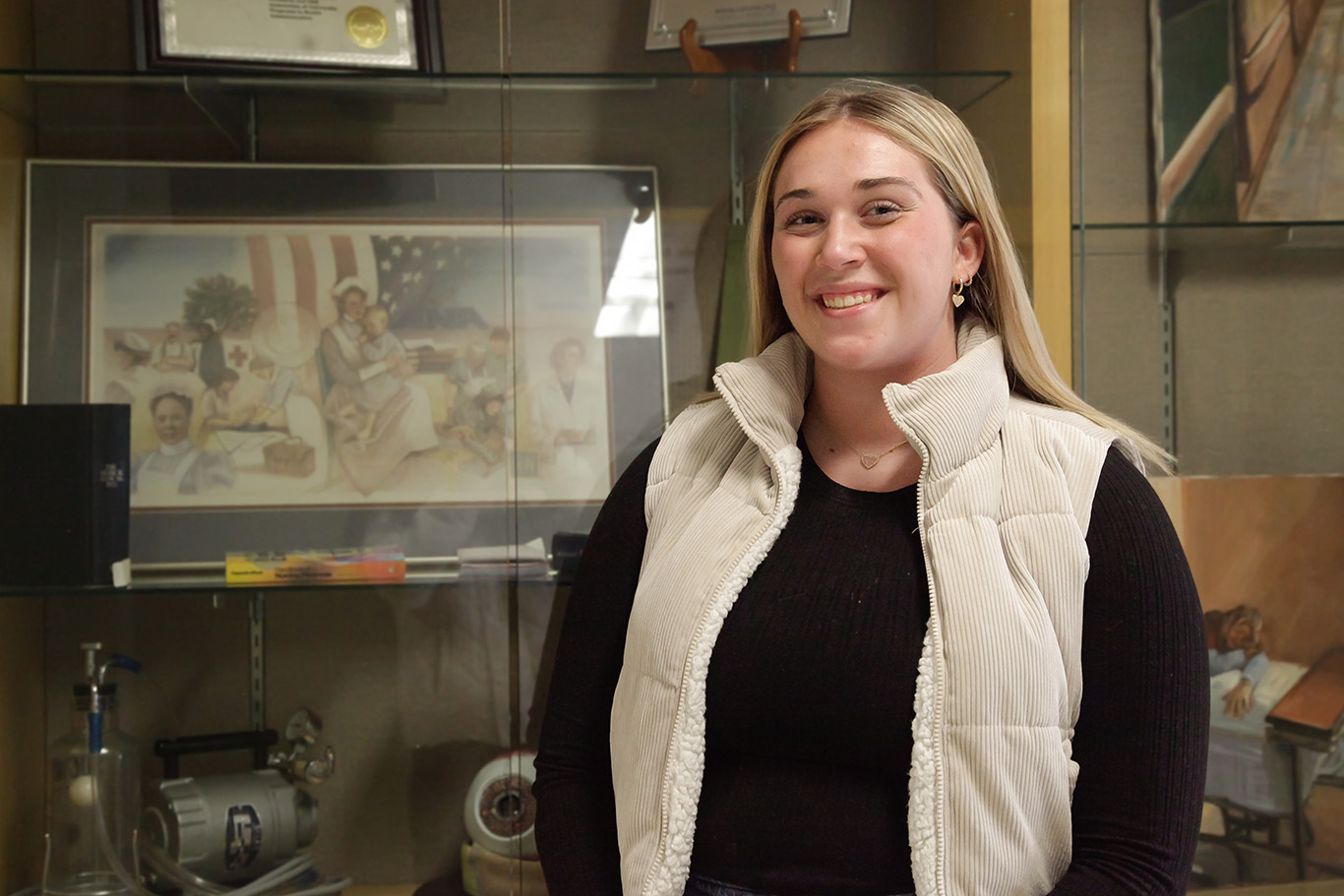When Force is a Precondition of Police-Citizen Encounters
Before a police officer murdered George Floyd on a Minneapolis street, before officers killed Breonna Taylor in her Louisville, Ky., apartment and before a Kenosha, Wis., officer shot Jacob Blake in the back multiple times, there was Joel Powell Dahlquist at Minnesota State University Moorhead.
Dahlquist is neither a perpetrator nor a victim of police-citizen violence but a sociology and criminal justice professor who has researched force and violence in law enforcement-citizen interactions for more than 35 years. His recent work has focused on identifying critical junctures at which police officers can de-escalate situations.
For his steadfast dedication to improving law enforcement through research, teaching and public service, MSUM named Dahlquist the 2022-2023 Roland & Beth Dille Distinguished Faculty Lecturer.
In nominating Dahlquist, MSUM Professor and Chair of Sociology and Criminal Justice Sue Humphers-Ginther wrote that the focus of his research “has brought to light a very different perspective that most certainly leads to a broader understanding... but also has the potential to save lives.”
Dahlquist’s lecture, “Police Violence and the Puzzle of Compliance,” will incorporate video recordings of situations involving law enforcement officers and citizens to illustrate how violence unfolds over time and the disconnect between how police and the public understand compliance, resistance and the use of force.
The professor has been researching police-public interactions since he joined the MSUM faculty in 1987. He’s coordinated police science education that entire time, and in the process, has taught and mentored a significant number of active-duty law enforcement officers in the Fargo-Moorhead region and many around the nation. He is MSUM’s professional peace officer education coordinator and, finally, has served the Minnesota Board of Peace Officer Standards and Training.
Over the years, Dahlquist has come to agree with Egon Bittner, a sociologist and researcher who, in the 1970s, posited that force is a pre-existing and constant condition in every police encounter.
“If you really want to study police properly, you have to understand the only reason they exist is because the state and the people want someone who’s able to exert force in the routine conduct of business,” he said. “When police officers arrive, they're armed and armored, they're carrying the authority of the state, and they can apply additional force whenever they decide it's appropriate. Given that, we should be talking about force as a feature of every encounter with the police, even the most benign and benevolent encounters.”
Once you accept that, he said, the questions become, “When does force escalate to violence?” and “What can we do to avoid that escalation?” Even before that, it’s necessary to agree upon what constitutes force in the first place. As an example, Dahlquist points to the use of handcuffs.
“Police officers routinely put handcuffs on people. They get very good at it, so they’re unlikely to injure anyone, but it's become so routine that it doesn't occur to officers that anyone could view this as a violent act,” he explained. “At the same time, it’s frightening to someone who has never been put into handcuffs before, or even worse, it might be the 10th time and it's just too much for the person to bear anymore.”
Dahlquist and his student research assistants have used the traditional method of studying law enforcement, examining dozens of police reports from around the country of encounters that culminated in violence, but they’ve also been scrutinizing police body camera footage and citizen-shot videos that have gone viral on social media.
Based on their work so far, he and student researcher Rylan Fitzpatrick recently presented a paper at the annual meeting of the Midwest Sociological Society. They also co-authored an article, “Police Narratives and Accounts for Viral Use-of-Force Videos," that will appear in a forthcoming issue of the academic journal “Studies in Symbolic Interaction.” Dahlquist said there’s more to come, including a paper on the step-by-step movement toward violence in police-citizen interactions and at which points, if an officer doesn’t take the next step, the situation will not continue toward a violent outcome.
Ultimately, the work could contribute to changes that ensure there are no more George Floyds, Breonna Taylors or Jacob Blakes. As for the Dille lecture, Dahlquist said he hopes audience members take away a greater awareness of the complex relationship between citizens and the police.
“It will always be a problematic relationship in a free society,” the professor said. “We take risks and then we impose authority on top of those risks, so it's a very difficult and complex social setting to try and manage. I want to help people sort that out.”
Dahlquist will deliver his lecture, which is free and open to the public, on Wednesday, Oct.12 at 4:15 p.m. in MSUM’s Langseth Hall room 118.
Make Sure Your Story Is Heard
Let us know how your life has been changed by being a Dragon: tell us your MSU Moorhead story today!
Send Us Your Story


